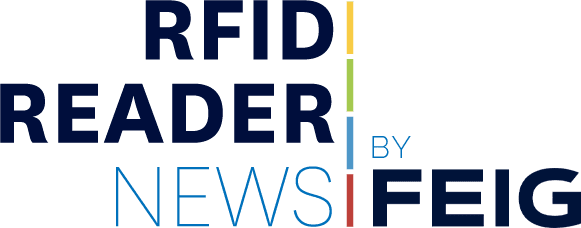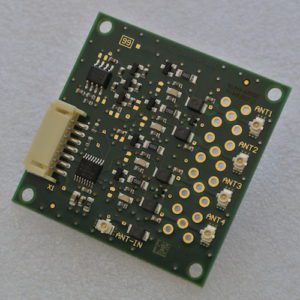Global use of LF
“LF has a right to exist wherever there is a directed process: a reader, a transponder,” Stephanus Becker says. A complete system that manages without special application software suffices for simple read-only applications for access control. “If certain connections or emulations of interfaces to older systems are required, LF readers that do not only offer this ability to connect but that also have their own application software are used. The offline management of access authorisations is easily possible directly in the readers.” Globally, the level of development regarding the use of RFID technology is very different, so that even in industrialized nations Wiegand emulations would be partially needed. “Here, we can offer solutions. This applies to developing countries as well as to advanced industrial countries,” Stephanus Becker reports.
HF: faster and safer?
“HF solutions are comparable to LF solutions regarding their robustness, but they have the great advantage of much faster data communication. This is ensured via the higher frequency of 13.56 MHz. For use in an industrial environment in particular, this means that more information can be exchanged in a shorter time. Regarding applications in the field of automation, this advantage in operating speed is often decisive for commissioning,” Stephanus Becker states.
What is more, there is increased flexibility in terms of safety and data communication in contrast to the LF technology. “By using the ISO standard 14433 a wide range of safety-related aspects can be realised. It is not possible to use cryptography with LF. A secure exchange of data is increasingly being called on – whether it regards access control, ticketing, or automatic machines.”

 ting solution for every application with LF, HF, and UHF
ting solution for every application with LF, HF, and UHF